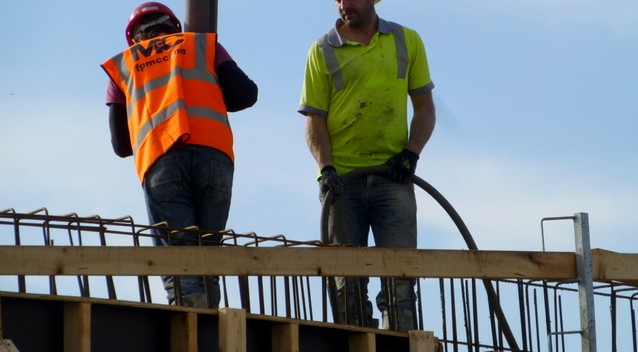Alex Dalland
Around the country, new homes and apartments are springing up overnight – with Ku-ring-gai being no exception to this development phenomenon. But while the New South Wales government is applauding an all-time high on construction spending across the state, experts believe the boom might be showing signs of an end.
According to recently released data from the Australian Bureau of Statistics, spending on residential construction over the past year in New South Wales reached $19.4 billion – the highest ever recorded. But with ever increasing development also comes the potential for uncertainty, according to the Housing Industry Association’s Chief Economist Dr Harley Dale.
“The current new home building boom is unlike any other that has come before it,” Dale says.
“It is the longest and largest in Australia’s history and has provided an unprecedented economic boost to the nation, without which domestic demand would be in or close to recession. As the down cycle in new home building unfolds, the record pipeline of medium and high density dwellings in particular creates considerable uncertainty as to the timing and magnitude of the decline in construction.”
While the Housing Industry Association’s latest forecast extends to all of Australia and predicts a gradual decline in building over the next three years, the property development industry body Urban Taskforce Australia report a “tapering off” in construction already occurring in New South Wales over the past few months.
“The quarterly measure of construction work done, seasonally adjusted in New South Wales was only $4.5 billion in March 2012 and this has risen to over $8 billion by March 2016 which is a dramatic increase,” says Urban Taskforce CEO, Chris Johnson.
“But from March to June this year, the amount of construction work in New South Wales has dropped to $7.692 billion indicating a tapering off in construction activity.”
Although the figures show a recent decline, Johnson does not predict the worst – believing it may simply be a correction from a long period of exponential housing growth.
“This could be the beginning of a general down turn or it could be a correction from boom times to a more even performance.”












